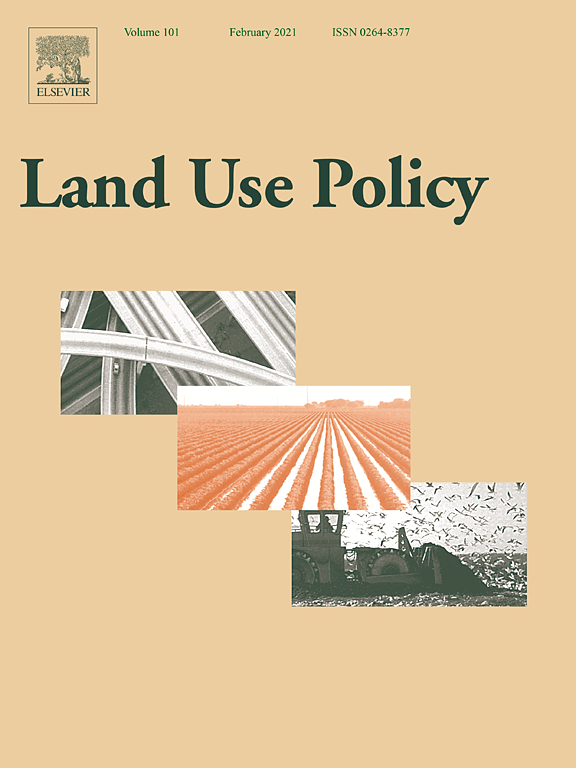Understanding support for regulatory approaches to wildfire management and performance of property mitigations on private lands
Formal regulation of private property and exploration of “risk transmission” across ownerships are two popular means for addressing wildfire management at landscape scales. However, existing studies also indicate that a number of barriers exist for implementing formal regulations surrounding wildfire risk, and that few efforts gauge influences on the resident support that serves as an important antecedent to implementation.


